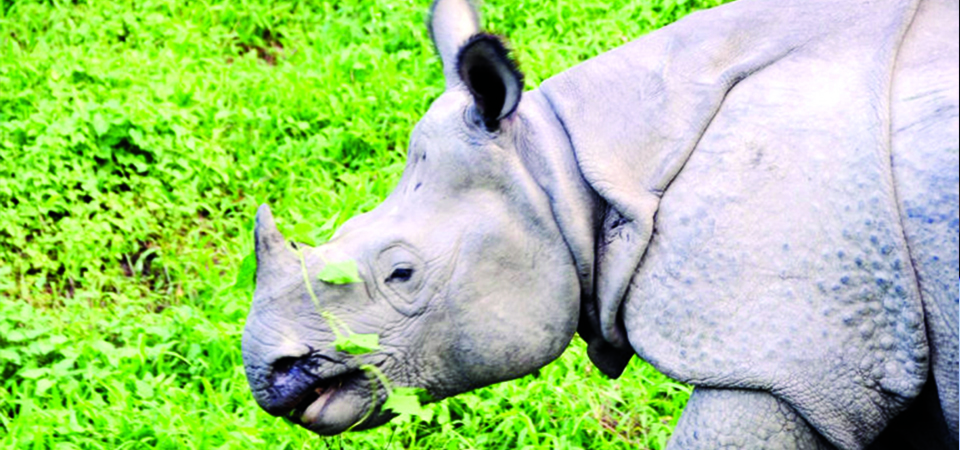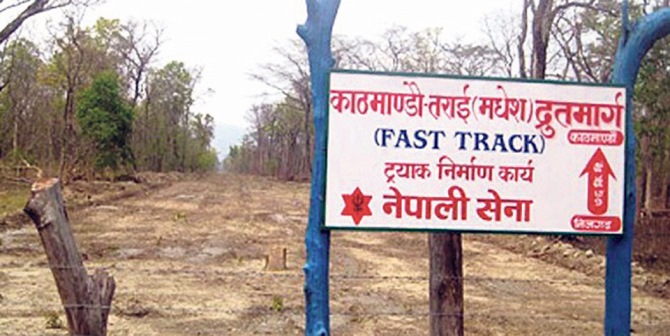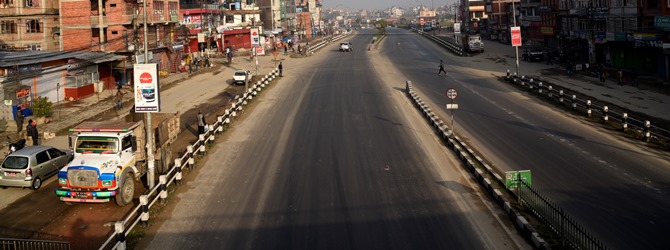Poachers kill four rhinos in six months

By Purushottam P. Khatri
Kathmandu, March 1: A male rhinoceros was found dead in Belhatta of Hariyali Community Forest in the buffer zone of Chitwan National Park on April 7, 2017.
After nearly three-and-a-half years of zero poaching, illegal killing of rhinoceros has started again, taking advantage of the coronavirus pandemic.
After 41 months of the zero poaching, four rhinos were killed in Chitwan. A 30-year-old male rhino was shot dead by a hunter in Bandarjhula area on September 2, 2020. Poachers, however, could not take the horns and hooves.
Then on November 4, 2020, a mother and baby rhinoceros were found dead in Mardi Ghole, an island on the Narayani River. Later, investigation proved that it was a 22-year-old female rhino and her calf.
After this, a skeleton of a rhino without horns and hooves was found in Chitwan National Park on November 6, 2020. One rhino was also found near Bhusaharghat in the western part of the park. Four rhinos, including a baby, have been killed in Chitwan National Park alone during the period of the nationwide lockdown imposed in the wake of the coronavirus pandemic.
Analysts argued that wildlife poaching reached a critical level as security forces had to focus on the coronavirus pandemic and community organizations active in controlling wildlife poaching and mechanisms such as intelligence networks of wildlife poaching became inactive during the period.
Hemant Malla, former DIG of Nepal Police, said, "Smuggling has come down a lot in the last few years due to the coordination and activism of the mechanism set up for wildlife protection but due to COVID-19 pandemic all these mechanisms were hampered.
Malla said that some of the poachers were released from prison during the COVID-19, making the forest's protected animals insecure.
A joint effort by the National Parks, Nepal Police, Central Investigation Bureau (CIB), Nepali Army and Wildlife Crime Control Bureau has succeeded to arrest most of the people involved in horn smuggling.
The 14 arrested poachers were recently made public. According to police, they were nabbed from Kathmandu, Chitwan and Bardibas.
Police investigation showed that some of them had already passed jail term for poaching, smuggling and other crimes.
According to the Central Investigation Bureau (CIB), seven members of the group are still absconding.
According to CIB Chief DIG Sahakul Bahadur Thapa, the police have succeeded in arresting the people involved in smuggling after the tireless efforts of CIB's experts from Pillar No. 4 and other stakeholders and the Nepali Army.
"Our Pillar No. 4 experts have managed to arrest a large number of suspects in coordination with the park, local police, the army, the Wildlife Crime Control Bureau and other agencies," he told The Rising Nepal.
According to DIG Thapa, some culprits involved in rhino poaching have been jailed for similar offenses in the past.
He said, "After four rhinos were killed in a row in Chitwan, we were all actively involved in the investigation."
The CIB has conducted 308 campaigns against wildlife smuggling in the last 11 years. About 700 people were arrested during the operation. Of these, 669 were males and 31 females, he said.
"Poaching is the main challenge for Nepal in terms of wildlife conservation," former DIG Malla said. "Besides, the smuggling of wildlife from here has also increased Nepal's challenge."
According to investigation, rhinos, tigers, leopards, bears, pangolins and other wild animals have been targeted by smugglers.
Rhinos have been targeted by smugglers for their horns, hooves and skins. Tigers, leopards, weasels, wild cats, and mussels are hunted for skins and bones.
Other wildlife species are hunted for skin, for carp, for musk, for ivory, for chiru sahtus (hair). Pythons are also killed for their skin. Birds including Huchil and owl are being smuggled alive.
According to police officials investigating wildlife smuggling, there is less hunting of wildlife and more smuggling of organs in Nepal.
According to police investigation, 20 per cent of the wildlife being smuggled out of Nepal is collected by hunting in Nepal. The remaining 80 per cent comes from abroad.
Smugglers have been smuggling goods into Nepal through transit. He said that international gangs were involved in the racket.
The smugglers use the Nepali land to reach China, Vietnam, Japan, Cambodia and other countries where there is a huge demand for wildlife and their body parts.
According to CIB chief DIG Thapa, chiru's hair is smuggled from Tibet to India via Nepal. Tiger skin and bones reach Tibet via Nepal. From there it has even reached third countries.
Analyzing some of the incidents made public by the police, it is noticed that wildlife related crimes span across Nepal, India and China.
Laws
In Nepal, hunting and dispersal of protected wildlife is considered a crime against the National Parks and Wildlife Conservation Act, 1973 and the CITES Convention 1975. The act provides for imprisonment of 5 to 15 years and a fine of Rs. 50,000 to Rs. 100,000 or both.
Recent News

Do not make expressions casting dout on election: EC
14 Apr, 2022
CM Bhatta says may New Year 2079 BS inspire positive thinking
14 Apr, 2022
Three new cases, 44 recoveries in 24 hours
14 Apr, 2022
689 climbers of 84 teams so far acquire permits for climbing various peaks this spring season
14 Apr, 2022
How the rising cost of living crisis is impacting Nepal
14 Apr, 2022
US military confirms an interstellar meteor collided with Earth
14 Apr, 2022
Valneva Covid vaccine approved for use in UK
14 Apr, 2022
Chair Prachanda highlights need of unity among Maoist, Communist forces
14 Apr, 2022
Ranbir Kapoor and Alia Bhatt: Bollywood toasts star couple on wedding
14 Apr, 2022
President Bhandari confers decorations (Photo Feature)
14 Apr, 2022





.jpg)




